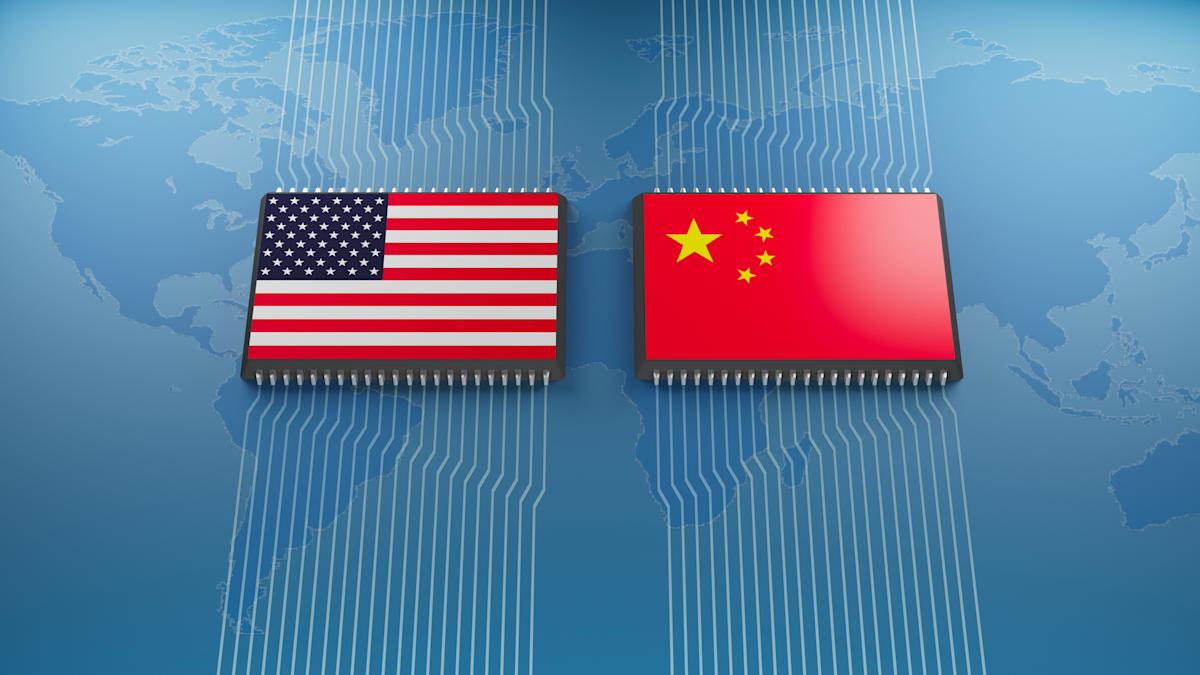After a five-year military standoff along the Line of Actual Control in eastern Ladakh, Prime Minister Narendra Modi’s meeting with Chinese President Xi Jinping on Sunday, August 31, 2025, ahead of the summit of the Shanghai Cooperation Organisation in Tianjin, is likely to repair ties between India and China.
Modi and Xi last met in the Russian city of Kazan in October 2024 on the sidelines of the BRICS summit within 10 months, signals a special thrust to bilateral ties and a step-by-step stabilisation of the relationship.
What are the past issues between India and China?
The story of India-China relations dates back to 1950, when India became the first non-socialist country to recognise the People’s Republic of China. Just a few years later, both nations signed the Panchsheel Agreement in 1954, promising mutual respect, non-interference, and peaceful coexistence.
But diplomacy between the nations collapsed after the 1962 border, which left behind deep mistrust. For several years, the Line of Actual Control (LAC) has remained a disputed issues that include Aksai Chin and Arunachal Pradesh. However, both sides opted for technical mechanisms like confidence-building in 1993 and 1996 along with Special representatives meetings and Atal Bihari Vajpayee’s 2003 visit, but no permanent resolution emerged.
Later, things became more complex after the 2017 military standoff at the Doklam Plateau, a disputed territory at the tri-junction of India, China, and Bhutan, as well as soldiers from both sides died during the Galwan Valley clash in 2020. Both the recent past conflicts severely fractured trust, leading to mass infrastructure restrictions, bans on Chinese apps, and the halting of pilgrimages and direct flights.
Equation and today’s situation
After all these rows, the Modi government made an effort to increase its relations with Beijing in October 2024. Both countries reached a crucial Border Patrol Agreement, restoring pre-2020 patterns and launching disengagement at hotspots like Depsang and Demchok, with India’s External Affairs Minister S Jaishankar announcing the completion of disengagement in eastern Ladakh. This breakthrough enabled a meeting between Indian Prime Minister Narendra Modi and Chinese President Xi Jinping, according to a report in The Print.
By early 2025, the resumption of the Kailash Mansarovar Yatra was a meaningful symbol of renewed mutual trust, but the Ministry of Jal Shakti has revealed in response to a Right to Information (RTI) query filed by India Today that China has stopped sharing crucial hydrological data with India since 2022.
What changed?
One key driver has been shifting geopolitics amid the rise of the US tariffs and uncertainty on Indian exports, which prompted India to explore strategic flexibility, resuming engagement with China even as underlying border tensions persisted. In mid-2025, border trade discussions, resumption of direct flights, and talks around easing FDI restrictions underscore the warming mood.
And the current ongoing SCO summit, as well as 40 40-minute meetings with the Chinese President, depict a step closer to a better relationship between the nations, countering the US and European influence.
However, challenges remain as the strategic posture of China, including its ties with Pakistan, regional infrastructure projects like CPEC, and hegemonic instincts in South Asia, remains a point of concern for India. Economic imbalances, trade deficit and lack of final border settlement continue to weigh on long-term trust.


